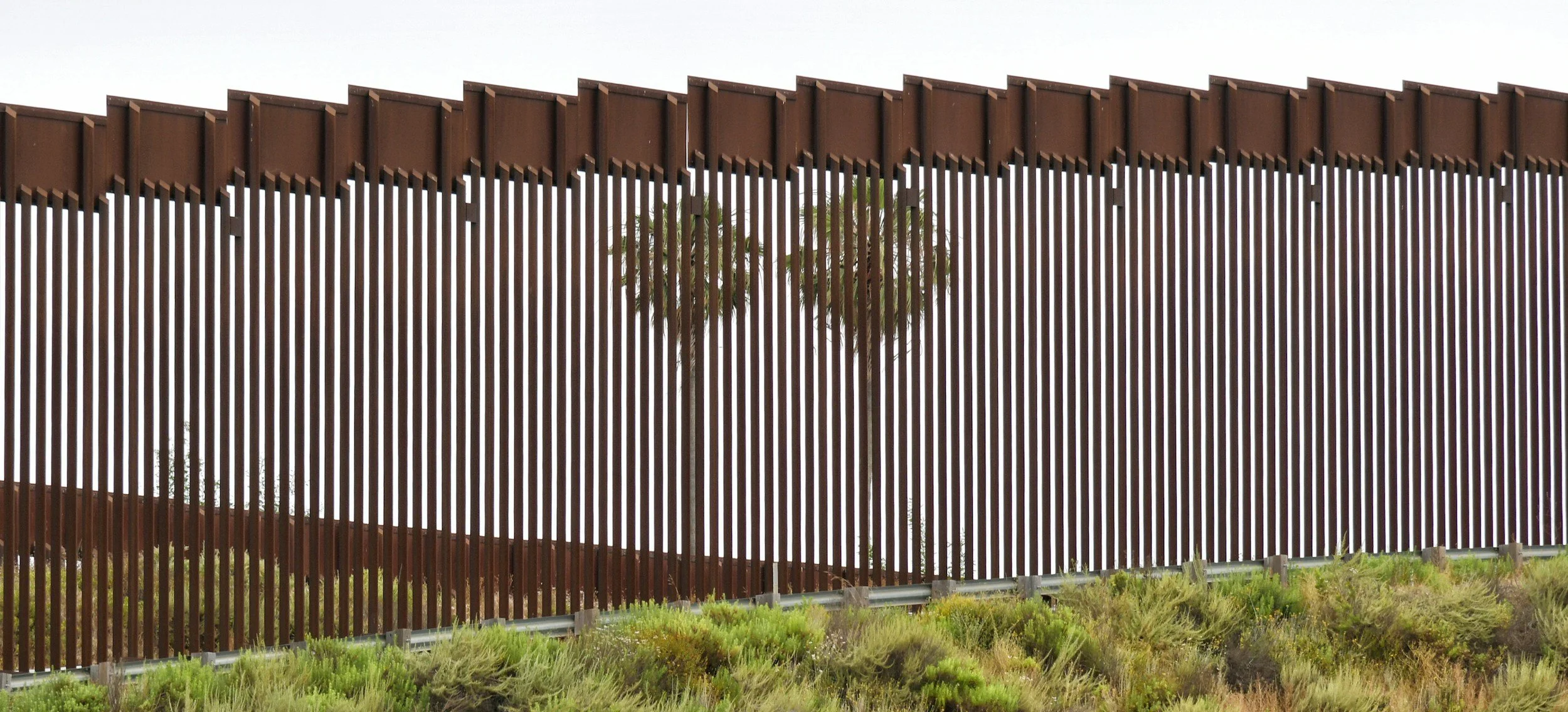As one of his first executive orders since returning to the White House, President Trump decided to roll back diversity, equity, and inclusion (DEI) programs, a move that jeopardizes critical disability access nationwide. On January 20, 2025, promptly after his inauguration, Trump issued Executive Order 14151, which aims to end “wasteful” government DEI programs, including the suspension of federal funding and grants for students with disabilities in the United States Education System. He halted funding and grants for school district programs across America, such as the Oregon DeafBlind Project and the Wisconsin Deafblind Technical Assistance Project, stripping vital resources from deaf and blind individuals who depend on these services. Trump’s Executive Order rebukes Executive Order 13985 issued by his predecessor, President Joe Biden, which pushed for advanced equity for all, “including people of color and others who have been historically underserved, marginalized, and adversely affected by poverty and inequality.” Not even 24 hours after regaining office, President Trump abruptly cut essential funding and grants for disability organizations and educational institutes, infringing on the legal rights of disabled individuals under the Individuals with Disabilities Education Act and the Americans with Disabilities Act.
Read MoreIn May 2025, the U.S. Department of Energy (DOE) issued an emergency order under Section 202(c) of the Federal Power Act, which allows the DOE to require temporary operation of power plants during grid emergencies, to keep the Eddystone Generating Station in Pennsylvania operational, despite its scheduled retirement. The DOE cited concerns about potential grid instability, but this action, sparking immediate legal challenges from environmental groups, including the Natural Resources Defense Council (NRDC), the Sierra Club, and the Environmental Defense Fund (EDF). The move brought into sharp relief the collision between the need for grid reliability during an energy transition and the uncertainties in the legal frameworks governing generation and environmental compliance. Although Pennsylvania’s transition from coal and natural gas to renewable energy is sound from an environmental and policy viewpoint, gaps in federal and state regulations create legal uncertainty about how to maintain both grid reliability and environmental compliance. These uncertainties are evident in the interaction of federal mandates and state energy laws, highlighting the complexities of regulating power plants during the transition to a cleaner grid.
Read MoreIn March 2003, a Pakistani neuroscientist, Dr. Aafia Siddiqui, and her three children disappeared from a crowded street in Karachi. Five years later, she mysteriously reappeared, but this time in U.S. custody. She was convicted of killing American personnel in Afghanistan in a trial that raised concerns about due process and Pakistan’s silence in defending its own citizens. Thirteen years later, a young social media star, Fouzia Azeem, known better under her alias Qandeel Baloch, was strangled to death by her brother, Muhammad Waseem Azeem, in an “honor killing” in Multan, Punjab. In 2022, he walked free. Two women. Two different contexts. Yet, both reveal a troubling pattern of the Pakistani state’s failure to protect women’s rights and uphold its legal obligations.
Read MoreIn Arizona, 72% of undocumented immigrants have lived in the U.S. for at least a decade. Trump’s expedited removal policy allowed immigration officers to deport any undocumented person anywhere in the U.S. without a hearing, unless they could immediately prove two years of continuous presence. The legality of Trump’s expedited removal process is tied to the likelihood of unjustified deportations and a violation of immigrants rights. In order to not be subjected to expedited removal, undocumented immigrants must prove their uninterrupted and continuous presence in the U.S. for at least two years. This burden of proof is extremely high.Therefore many undocumented immigrants who have been present for more than two years are not even able to prove it. This means the right to a trial is being violated for many undocumented immigrants. Due to the fact that immigration detention is classified as civil rather than criminal, the Supreme Court has consistently allowed forms of detention and restricted access to courts that would be unconstitutional in a criminal context. In Department of Homeland Security v. Thuraissigiam (2020), the Supreme Court’s interpretation of the Suspension Clause effectively redefined Habeas Corpus in the context of immigration proceedings from a constitutional safeguard of liberty into a procedural formality. When compared with earlier cases, the Court’s reasoning and rationale reveals a doctrinal shift away from judicial oversight over executive detention powers.
Read MoreSince the International Court of Justice (ICJ) determined “plausible rights” under the Genocide Convention 22 months ago, arms shipments to Israel have continued largely uninterrupted. Germany, the United Kingdom, and Italy have maintained arms export relationships with Israel following the ICJ's provisional measures orders, though the nature and scale of these exports remain contested. The ICJ — the principal judicial organ of the United Nations (UN) — issued three provisional measures orders to warn of a risk of genocide. Yet, States Parties to the Arms Trade Treaty (ATT) — countries that have ratified and are bound by the treaty, which is aimed at preventing arms from being used to facilitate atrocities — have continued business as usual.
Read MoreOver the past three decades and beyond, American antitrust enforcement has deteriorated from a rigorous statutory arena into a marketplace where regulatory approval can be effectively purchased through campaign contributions, financial benefits, or legal settlements. The 2025 merger wave has helped expose this systemic pattern to the public. When Union Pacific recently announced plans to acquire Norfolk Southern, a move that will create the first transcontinental railroad company, President Trump openly endorsed this deal prior to firing one of the liberal Surface Transportation Board (STB) appointees without cause, breaking a two-two deadlock that would have potentially froze the merger. When Skydance Media sought clearance from the Federal Communications Commission (FCC) for its eight billion dollar acquisition of media giant Paramount in August of 2025, the company subsequently paid President Trump $16 million in a settlement. Three weeks later, the FCC approved the acquisition under the potential conditions requiring conservative editorial approval and control of news, evidenced by the hiring of conservative pundit Bari Weiss as editor-in-chief and the cancellation of Stephen Colbert’s Tonight Show. These are not isolated incidents of this most recent administration, but part of a decades-long pattern of continuous constitutional violations spanning administrations for at least the past thirty years.
Read MoreThe U.S. Supreme Court’s recent decision to grant an application for stay requested by the Trump administration in Trump v Slaughter, alongside various other pending removal cases, merits an examination of the history and constitutionality of statutory removal protections. These protections refer to rules put in place to govern the removal of federal officers. Statutory removal protections are a point of contention because some argue that they infringe upon the rights of the executive power in defiance of the U.S. constitution. Trump v. Slaughter in particular deals with the removal of commissioner Rebecca Slaughter from the Federal Trade Commission (FTC). It has been alleged that President Donald Trump did not cite a “for cause” reason for her firing, or, in other words, an acceptable reason as defined by the governing statute of the agency. At the district level, Slaughter’s removal was deemed unlawful, and her reinstatement was ordered, and the Trump administration then unsuccessfully applied for a stay at the appeals level. On September 22, 2025, the Supreme Court granted the stay, meaning that Slaughter will remain fired as the case proceeds and the court decides if the President’s power is being unconstitutionally infringed upon by statutory removal protections. Through an understanding of the scope of executive and legislative power and an examination of precedent established by Humphrey’s Executor v. United States (1935) and Seila Law LLC v. Consumer Financial Protection Bureau (2020) it can be argued that Commissioner Slaughter’s removal was unlawful because removal protections are constitutional. Additionally, a consideration of the standards for granting stays brings into question the court’s decision to stay the lower court’s orders.
Read MoreIn modern warfare, the most devastating attacks may no longer involve tanks or missiles, but lines of code. A single cyber operation can cripple hospitals, paralyze power grids, dismantle financial institutions, and prevent democratic election procedures from being carried out–bringing governments to a standstill without the firing of a single bullet. Despite the growing capacity for cyberattacks to inflict damage comparable to traditional kinetic warfare, international law remains ambiguous on when such actions qualify as “uses of force” under Article 2(4) of the UN Charter, which states that all UN member states must refrain from the “threat or use of force against the territorial integrity or political independence of any State.”
Read MoreIn the United States, food allergies affect at least 10.8% of adults and 8% of children, representing more than 26 million people. A food allergy is a condition in which the immune system identifies a specific food or substance as a threat and attacks it by releasing histamine, triggering a range of mild to severe reactions. Milder reactions can quickly escalate into anaphylaxis, a life-threatening response often associated with increased heart rate, a drop in blood pressure, and throat closure. The only way to reverse these symptoms is by administering a form of adrenaline called epinephrine. However, depending on factors such as how long one waits before treating themself and other medical complications, they may require multiple doses or the epinephrine may be entirely ineffective.
Read More








